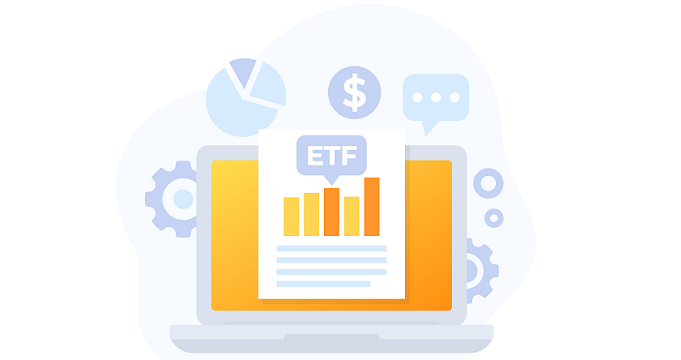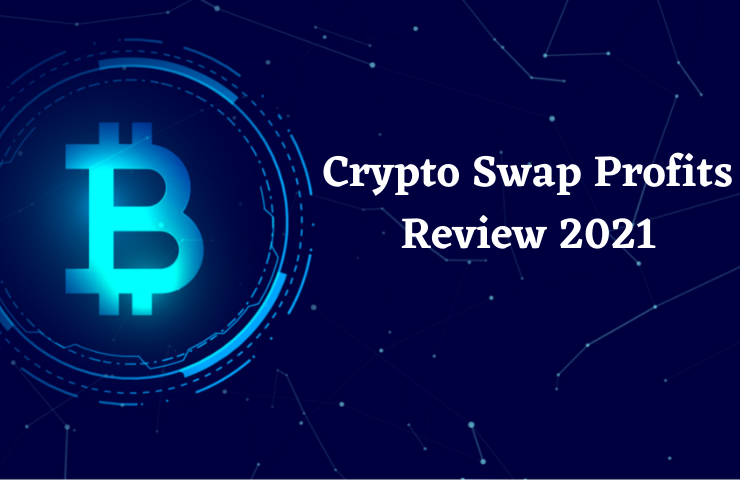If you are looking to invest in ETF’s, the following is a list of factors that must be considered before investing in them. But before we discuss the influencing factors, let us discuss in brief the concept of ETF.
ETF is an acronym for “Exchange Traded Funds”. An ETF is a type of Investment mechanism or an exchange-traded instrument. These funds are different from Mutual funds over the fact that ETF’s are traded (bought or sold) over the exchange throughout the day while Mutual funds are bought or sold based on the price at the End of the day.
The ETF’s hold various assets like Stocks, Commodities, Bonds, Currencies. So, to put it in simple words, ETF’s is an instrument that is a bundle of various tradeable products and it is available to be traded on the exchange just like any other stocks of the company.
Sounds simple, however, the following are the flaws or drawbacks which one must be aware of, before taking a decision of investing via ETF.
-
Although An Investment Tool, But ETF’s Are Actively Traded:
As explained above, ETF’s are actively traded and which generally makes them a very volatile product. But, the whole idea of an investment tool is that they are meant to be held over a considerable period of time and the returns are not very volatile. But, the activeness in the trading of the instrument is what makes this a volatile instrument.
-
ETF’s Are Exposed To Stock Market Fluctuations:
Trading in the stock market by nature is a very risky affair and even ETF’s are exposed heavily to it. According to the Wall Street Journal, ETF’s are one of their most popular products and it is an industry worth hundreds of billions of dollars. And investors got allured into investing in them, over the promise of low fees and functionality like the Mutual Funds and trading nature of Stocks.
But, conversations with ETF investors showed that it couldn’t keep its promise and when Dow Jones lost nearly 1000 points, the ETF’s were also trading at huge discounts and investors has to face the wrath of the stock market while trading ETF.
-
Liquid, But Only For Popular Funds:
Although ETF’s are an amalgamation of securities actively trading in the market, it is the few popular one’s (ETF’s) that are actively traded. If you end being a holder of Illiquid ETF, then it is possible that you might not find a counterparty for your instrument for few sessions and you might end up being stuck with loss-making positions in the fund.
-
Overleveraging:
This is more of a ripple effect. A lot of the market participants feel that, as ETF’s have contributed to price fluctuations and leveraging of the price of certain instruments beyond the fair price. And which poses the risk of stability over a long period of time and could also have an impact on huge price fluctuations in future.
-
Cost Of Trading:
The advantage can sometimes be your drawback. And this can be experienced while trading ETF’s also. These instruments are famous for being easily tradeable and one does not have to wait till the end of the day (in the case of Mutual Funds) to buy or sell the instruments which they hold. But each and every time we buy or sell a security, we have to incur transaction costs. And these costs have a tendency to escalate very quickly and reduce the investment performance.
While trading ETF’s, the expense ratio is also incurred and which will also add up to the cost incurred to trade mutual funds.
-
Risk Of Underlying Instruments:
This is the inherent risk associated with any instrument whose performance is dependent on the performance of the Underlying Asset. And ETF’s are no exception to this. The performance is completely dependent on the performance of the underlying assets which are a part of the ETF. So it is advised to choose those types of funds for investing which have a completely diversified portfolio and which will also protect the investors from fluctuation risk.
-
Capital Gains Tax Implications:
The holder of the ETF funds gets distributed capital gains depending on the performance of the fund. But this is not always a desirable condition for the investors as they themselves will have to pay capital gains tax. Generally, Mutual funds manage this scenario well as they reinvest these capital gains and investors don’t have to bother about filing for capital gains tax.
-
The Function Of Demand And Supply:
Any financial instrument which is traded in the market is a function of Demand and Supply. If the product is in high demand, then it has to be bought at a premium and vice versa if the demand for the product is on the low side. So, sometimes it does happen that the ETF’s are more expensive than the cost of buying the underlying asset.
-
Spread Risk:
If any product is trading in the market, then there are always prices at which there are buyers and prices at which we have sellers. And there is always a gap between these prices. So, If the gap between these two prices is high then we will have to buy and sell in the market at a premium or discount and the prices locked in might not be the actual price of the underlying asset.
-
Diversification Is An Issue:
Most of the ETF’s are based on the performance of the underlying asset. Say, if we have an ETF that is designed to mirror the performance of the S&P 500 (say), then the performance of the fund should be in line with the performance 0f S&P 500. But that is not always the case, as the fund is an amalgamation of 10-15 major stocks in the index and sometimes the index has moved without impacting these shares.
To Conclude…
ETF as an investment tool is very popular too and the popularity seems to be growing with each passing day. To put things into perspective, the total global size of ETF in 2005 was $ 450 million (Asset Under Management), which is now running into trillions of dollars. And if the views of the experts are to be believed, then the size of ETF’s can still grow many folds.
But, these funds also come with their own set of limitations and drawbacks. Volatility can be a concern if you are looking to invest in these funds, fees and commission is another major concern, overleveraging becomes a major factor while investing in these funds, movement in the value of the underlying asset can also become a factor while investing these funds.
But these drawbacks do not make this a non-desirable form of investment tool. If we follow the investment rules which we have set forth for ourselves, these funds have the potential of generating more than substantial returns for investors.

 Crypto Swap Profits Mastermind Review 2021 # Everything You Must Know !!
Crypto Swap Profits Mastermind Review 2021 # Everything You Must Know !!